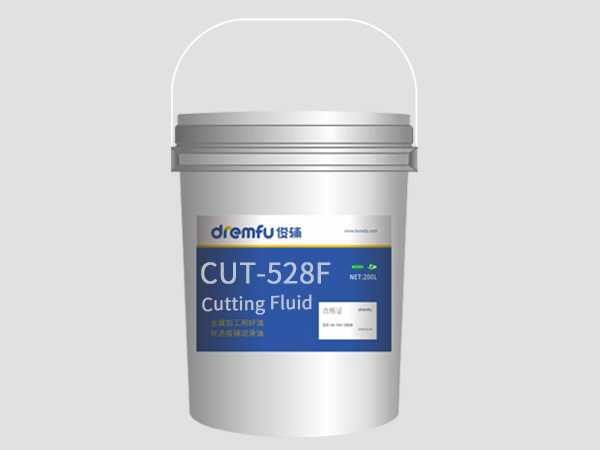2025-08-09 10:29:52
Work hardening, also known as strain hardening, is a significant challenge when machining stainless steel due to its high ductility and low thermal conductivity. Cutting Fluids play a crucial role in mitigating work hardening by reducing heat generation, improving chip evacuation, and minimizing tool wear. This article explores the mechanisms, benefits, applications, and maintenance of Cutting Fluids in stainless steel machining.
Cutting fluids minimize work hardening through three primary mechanisms:
Stainless steel has low thermal conductivity (approximately 15 W/m·K for austenitic grades), leading to localized heat buildup during machining. Cutting fluids absorb and dissipate heat, reducing temperatures by up to 30-40%. For example, water-based emulsions can lower cutting zone temperatures from 800°C to 500°C, preventing excessive strain hardening.
High lubricity additives, such as sulfurized or chlorinated compounds, reduce friction coefficients by 20-30%. This minimizes shear forces, decreasing plastic deformation and subsequent hardening. Extreme pressure (EP) additives further enhance lubrication under severe conditions.
Effective chip evacuation prevents re-cutting of hardened chips, which can exacerbate work hardening. Cutting fluids with high wetting ability (contact angles < 30°) ensure smooth chip flow, reducing built-up edge (BUE) formation by up to 50%.

High thermal conductivity fluids (e.g., water-glycol solutions at 0.5 W/m·K) dissipate heat efficiently, reducing work hardening risks.
Optimal viscosity (20-50 cSt at 40°C) ensures sufficient film strength without impeding fluid flow. Lower viscosity fluids (<20 cSt) may fail to lubricate, while higher viscosity (>60 cSt) can cause drag.
Sulfur (1-3%) and chlorine (0.5-2%) additives form protective layers on tool-workpiece interfaces, reducing friction-induced hardening.
Maintaining pH between 8.5-9.5 prevents corrosion while ensuring additive effectiveness. Buffering agents like amines stabilize pH over extended use.
In turning AISI 304 (HRC 20), flood cooling with 8-10% emulsion reduces cutting forces by 15% and surface hardening by 25% compared to dry machining.
High-speed milling of 17-4 PH (HRC 35) requires minimum quantity lubrication (MQL) with ester-based fluids to reduce work hardening while maintaining dimensional accuracy (±0.02 mm).
Deep-hole drilling of 316L benefits from high-pressure coolant (70-100 bar) to prevent chip welding and localized hardening at drill margins.
Surface grinding of duplex steels uses synthetic fluids with 5% corrosion inhibitors to minimize thermal distortion and subsurface hardening (<0.1 mm depth).
Use refractometers to maintain emulsion concentrations within ±1% of the target (typically 5-12%). Dilution errors exceeding ±2% compromise lubrication and cooling.
Install 10-25 μm filters to remove metal swarf and prevent fluid degradation. Centrifugal or magnetic separators extend fluid life by 30-50%.
Weekly biocide treatments (0.1-0.3% concentration) prevent bacterial growth, which can reduce pH and form sludge. Monitor total bacteria counts (<10⁴ CFU/mL).
Skimmers or coalescers should maintain tramp oil levels below 2% to avoid emulsion instability.
Conduct weekly tests for:
pH (8.5-9.5)
Concentration (refractometer)
Chloride content (<100 ppm)
Iron content (<50 ppm)
Proper selection and maintenance of cutting fluids are critical for minimizing work hardening in stainless steel machining. By optimizing thermal management, lubrication, and chip control, manufacturers can achieve better tool life, surface finish, and dimensional accuracy while reducing production costs.